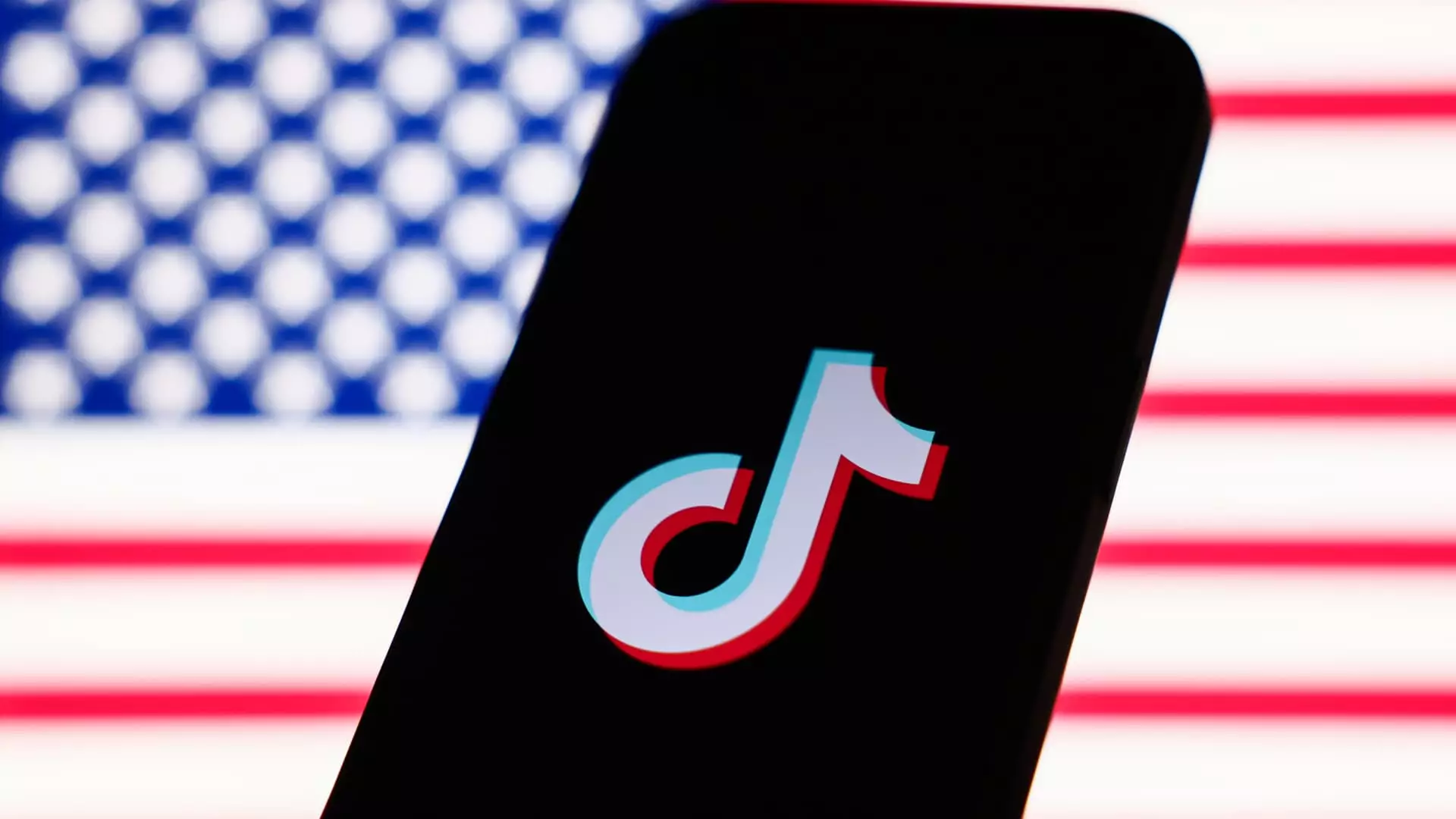In an unexpected but strategic move, Perplexity AI has made headlines by formally submitting a proposal to merge with TikTok’s U.S. operations and its parent company, ByteDance. This bold initiative aims not only to create a new entity that integrates Perplexity’s advanced AI capabilities with TikTok’s extensive video platform but also to retain the investment interests of ByteDance’s current backers. As the landscape of artificial intelligence and social media continues to evolve, this proposed merger could have far-reaching implications for both companies and the industry at large.
Founded as a competitor to major players such as OpenAI and Google, Perplexity AI has rapidly escalated its profile in the tech world. Starting 2024 with a valuation of approximately $500 million, its worth surged to about $9 billion by the end of the year, fueled by a mounting curiosity in generative AI technologies. This meteoric rise reflects investors’ eagerness to harness the potential of AI-assisted search engines that challenge traditional methods of information retrieval. However, it hasn’t been an unblemished climb; the firm also faced scrutiny due to plagiarism allegations, indicating the complexities involved in the AI revolution.
As traditional search engines like Google face threats from innovative platforms such as Perplexity and OpenAI’s SearchGPT, the significance of a merger with TikTok cannot be understated. TikTok, known for its engaging video content, presents a valuable asset that, when combined with Perplexity’s cutting-edge search technology, could redefine how users access and consume video content online.
The proposed merger is posited to benefit ByteDance as well, allowing much of the current shareholder community to maintain their investments in a new entity rather than facing a complete divestment. This positions Perplexity AI uniquely, as it seeks to form a partnership that values existing stakeholder authority while ushering in a new operational framework. By emphasizing a merger over a sales proposition, the strategic bid aims to circumvent potential regulatory challenges that a traditional sale might encounter.
An unnamed source close to the deal hinted that the estimated value for this merger could be “well north of $50 billion,” suggesting significant calculations are at play regarding the exact financial commitments. It remains crucial to analyze not just financial numbers but the operational synergies that could result from such an integration. The blend of advanced AI with popular media content could reshape the digital landscape, creating a more nuanced approach to content delivery and user engagement.
The backdrop of this proposed merger is rife with political and market complexities. TikTok has previously encountered scrutiny from U.S. regulators due to concerns about data security and privacy issues. The recent statements from President-elect Donald Trump regarding the allowance of an extension for TikTok to negotiate solutions adds another layer of unpredictability to this scenario. The media-centric platform has indicated its capacity to thrive despite pressures, highlighting the ongoing tussle between emerging tech firms and existing market regulations.
The chill in the air surrounding TikTok’s operational stability in the U.S. signifies larger concerns about cross-border tech governance and data sovereignty. As Perplexity AI embarks on its negotiations with ByteDance, these regulatory hurdles could either catalyze or impede their proposed timeline for merging the two entities. Investors will be keenly watching how geopolitical dynamics shape the future of TikTok and potentially influence the outcome of the merger.
Perplexity AI’s bid to merge with TikTok represents a significant development not only for the companies involved but for the broader tech marketplace. As artificial intelligence continues to disrupt traditional paradigms, the proposed merger could herald shifts in user engagement and content consumption. The evolving nature of this potential collaboration between AI-driven technologies and social media’s dynamic engagement landscape will be critical to monitor as we move forward. With substantial financial backing and strategic planning, the successful integration of these platforms might set new benchmarks for future innovations at the confluence of technology and media. The tech world is undoubtedly at the precipice of transformative changes, and this merger could be a pivotal element in that unfolding narrative.

